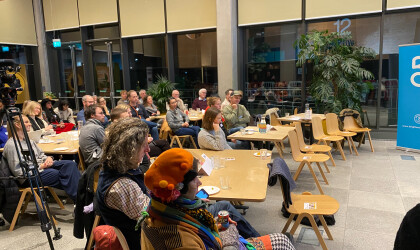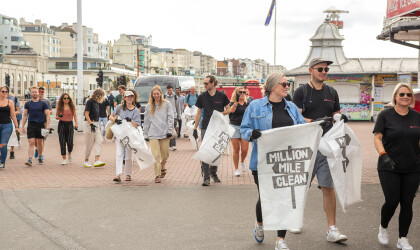
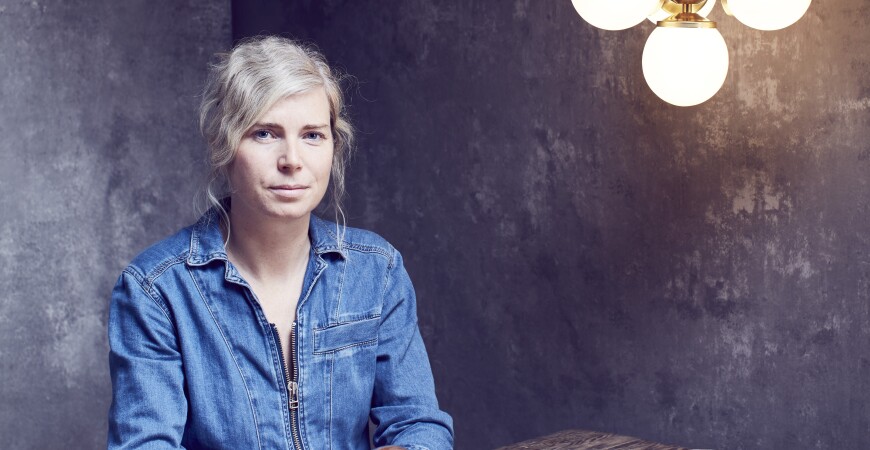
Thu 08 / 08 / 24
The sustainability series: Emer Gillespie from Spark & Bell
Next up in our sustainability series, we're interviewing Emer Gillespie from Spark & Bell. A circular economy business, Emer shares the story behind her business as well as a few tips and tricks for anyone applying for their B Corp status.
By Hannah Jackson of Brighton Chamber
Hi Emer, can you tell us a bit about who you are and what you do?
My name is Emer Gillespie, Founder and Lead Designer at Spark & Bell Lighting. At Spark & Bell, we make handmade, customised lighting directly from our website for our residential and commercial trade customers. Most lights are customisable on our website, from metal finish to cable colour and length of pendant tube, so our customers get the chance to build their light to perfectly suit their space. We also work on more complex custom orders with our customers.
You've mentioned your business was born out of personal necessity, what was the niche you were trying to fill and how did your projects end up becoming your business?
It began in 2015 when I made a light for my daughter's bedroom. My degree show in fine art textiles was working with fibre optic lighting, so having worked with lighting before, my love and interest in it was reignited. I was teaching at the time and knew I wanted to get back to something more creative and hands-on, so this was the perfect outlet.
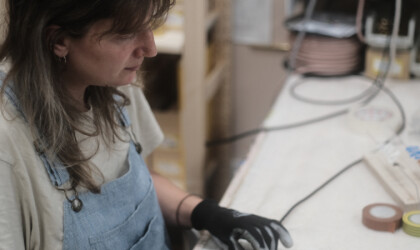
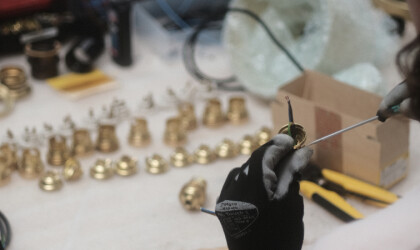
I think my long education in the visual arts has strengthened my visual language and design aesthetic. I’ve worked in textiles, print, fibre optic lighting, sculpture and photography, all of which are valuable tools in design. My experience with teaching has meant I’ve been able to teach others how to make my lights and be confident in speaking to groups and run workshops.
Can you explain what a circular economy is and what that commitment looks like when considering things like packaging, shipping and material use?
The primary goal of closed-loop, circular design is to minimize waste and maximize resource efficiency by designing sustainable, adaptable, and regenerative products thereby reducing environmental impact and promoting a circular economy. Lighting products should be capable of being dismantled to base components to be up or down cycled, or, as a last resort, re-cycled and returned to the materials reservoir.
We believe that design is highly personal and that lighting should be beautiful, functional and built to last. Sustainability has always been at the core of what we do, both in the way we’ve organically grown our business and in the choices we make in our materials and processes.
From our workshop's energy use to packaging to material choices to the very business model we have adapted- sustainability is at its core. To start we only make lights ordered by our customers who can only buy directly from us. This means they get to tailor-design the perfect lights for their home, which means a very low return rate.
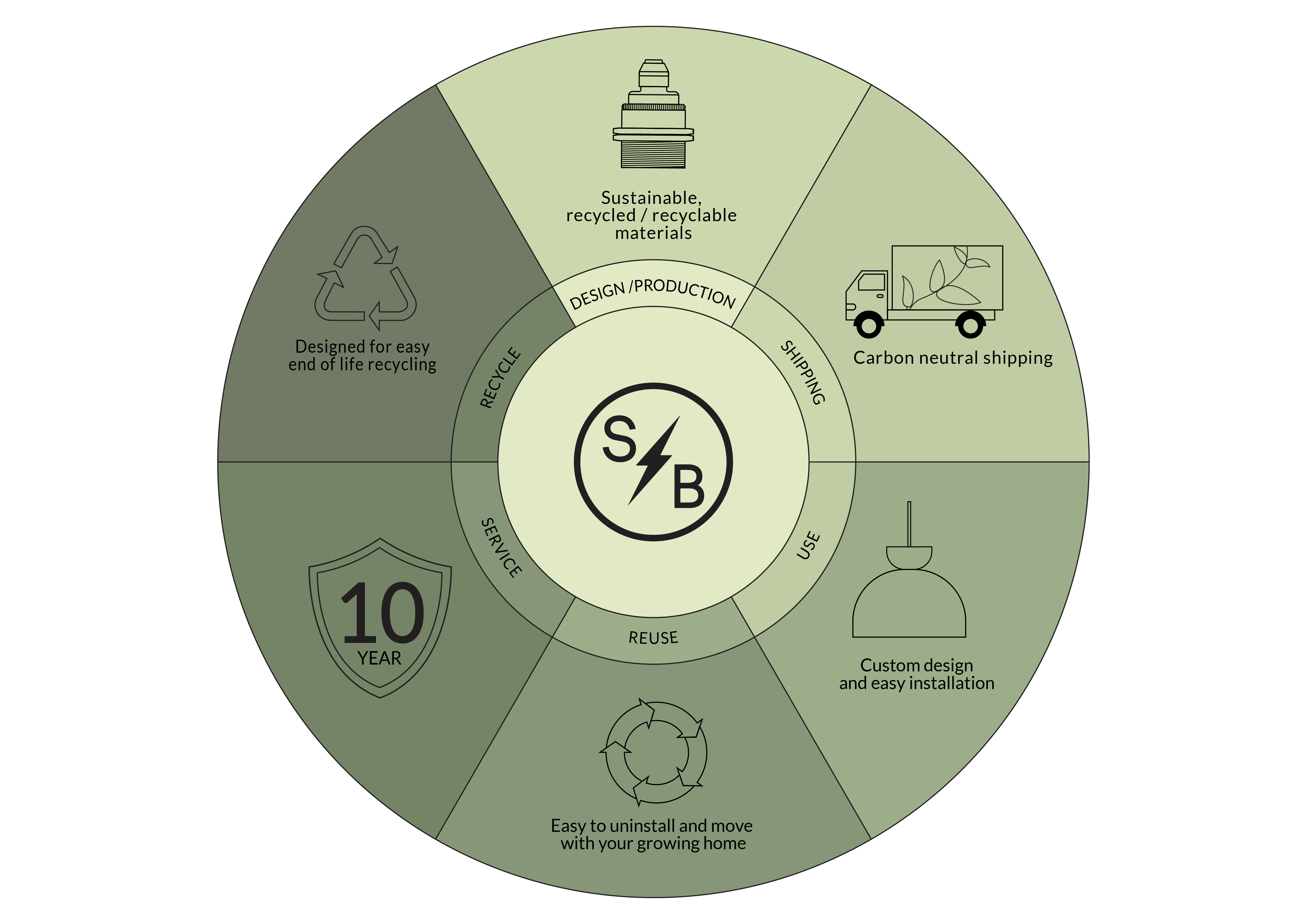
Wherever we can, we choose to work with local / UK artists, designers, and manufacturers to limit our footprint along with materials such as brass, cork, jesmonite, locally sourced wood, and recycled plastic. Almost all of our packaging is recyclable or recycled from suppliers. We halved our recycling last year by shredding cardboard to use in packaging and turn our own and other local businesses' plastic waste into beautiful materials for our lights.
This diagram breaks down the various ways we are nurturing these circular design principles here at Spark & Bell.
Are there any other features of your business that you’re particularly proud of that support your sustainability mission?
We are particularly proud of our in-hours plastic recycling workshop. Over the years we have developed and refined two materials: our Marbled material made from LDPE soft plastic waste, and our most recent ‘Jewel’ material made from chipped-down CD cases. These recycled plastics are produced by our own team using our own waste streams, as well as the waste streams of nearby local businesses. This turns waste into long-lasting beautiful materials for our lights.
What was the B Corp application process like for you and why was it important for your business?
I started looking at and filling in the B Corp application years ago as a way to learn what better business looks like and how to do things more sustainably, not only for the planet but also for our customers and my employees. I knew it would take some time to get everything in order and up to scratch before I started a proper application and set no solid deadlines, growing the business organically and sustainably. After working a lot in 2023 on improving our policies and processes, I felt ready to take it to the next level. I knew we were a purpose-driven, good company, but wanted the credentials to back it up. With so much greenwashing out there i think it’s important for businesses to work towards a certification that suits their business that backs up their claims. For me, I felt that B-Corp was a great all-rounder. I worked with a great B Leader called Sally Burtt-Jones from 11 Tenty Two sustainable consultancy who was amazing, our biggest champion and guided me through a thorough and structured application process. We are very proud to have achieved 101.6 points as a first-time applicant and manufacturer.
Do you have any advice or a top tip for businesses considering applying for their own B Corp status?
Where do I begin! I would advise starting off by simply setting up an account and starting your B Impact assessment. It doesn't cost anything and will give you an idea of the work you need to do. Revisit this every now and again, and see what short-term and long-term objectives you can achieve. If you feel like you need support I highly recommend engaging with a B leader or experienced advisor who can support you through the application and help get you over the 85 points you need to apply (with a final minimum score of 80 points to achieve B Corp certification).
I would also highly recommend trying to not box-tick. By that I mean make your actions directly beneficial and relevant to your customers, employees, the planet and the business. For example, we partnered with Leave no Trace Brighton as one of our charity partners who collect waste from Brighton beaches and are currently working on developing a material with this plastic waste. That pairing makes sense for us and works really well for both parties.
Going through the process greatly improved my understanding and confidence in our business as a purpose-driven business truly working sustainably.
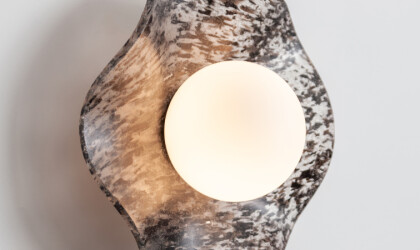
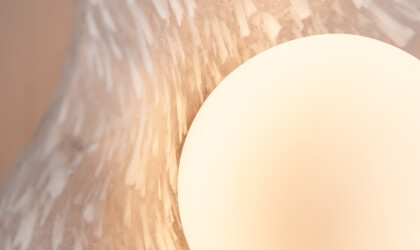
You’ve mentioned that B Corp is ‘just the beginning’, so what’s next for Spark & Bell?
We have recently received part funding from the Prosperity grant from Brighton & Hove council for a CNC machine which we plan to use to develop even more beautiful work from our recycled plastics material. We have started prototyping, handles, stools and looking at supplying switches and plugs that match our metal choices. My dream is to move to bigger premises that we can make our own and offer workshop spaces to local makers, as there is a real shortage in the Brighton & Hove areas of accessible makers studios.
My husband has recently quit his job in digital marketing and has joined the Spark & bell team, so I look forward to having the extra support and working together with my team to continue to grow Spark & Bell as a go-to for sustainable lighting.
Emer Gillespie is Founder and Lead Designer at Spark & Bell. Find out more on their website.
Is your business a B Corp? If you'd like to be featured as part of our sustainability series, get in touch with the Chamber team here.
And, if you are working in sustainability or towards Net Zero in your business, find out about our Net Zero Champions group - the people working in business in Brighton who come together to share ideas, support and inspiration.
If you want to contribute to the Chamber blog, contact us on hannah@brightonchamber.co.uk

